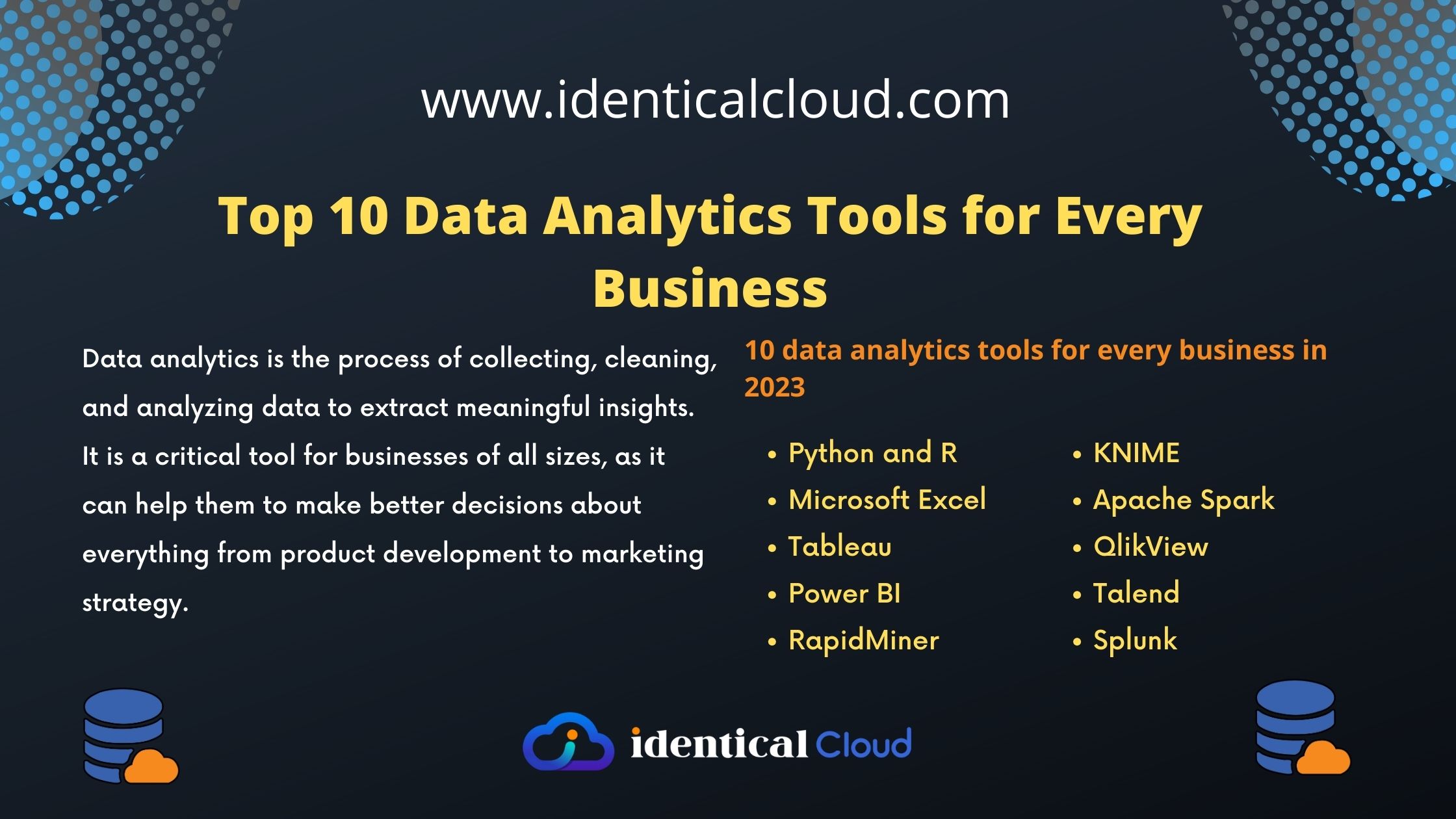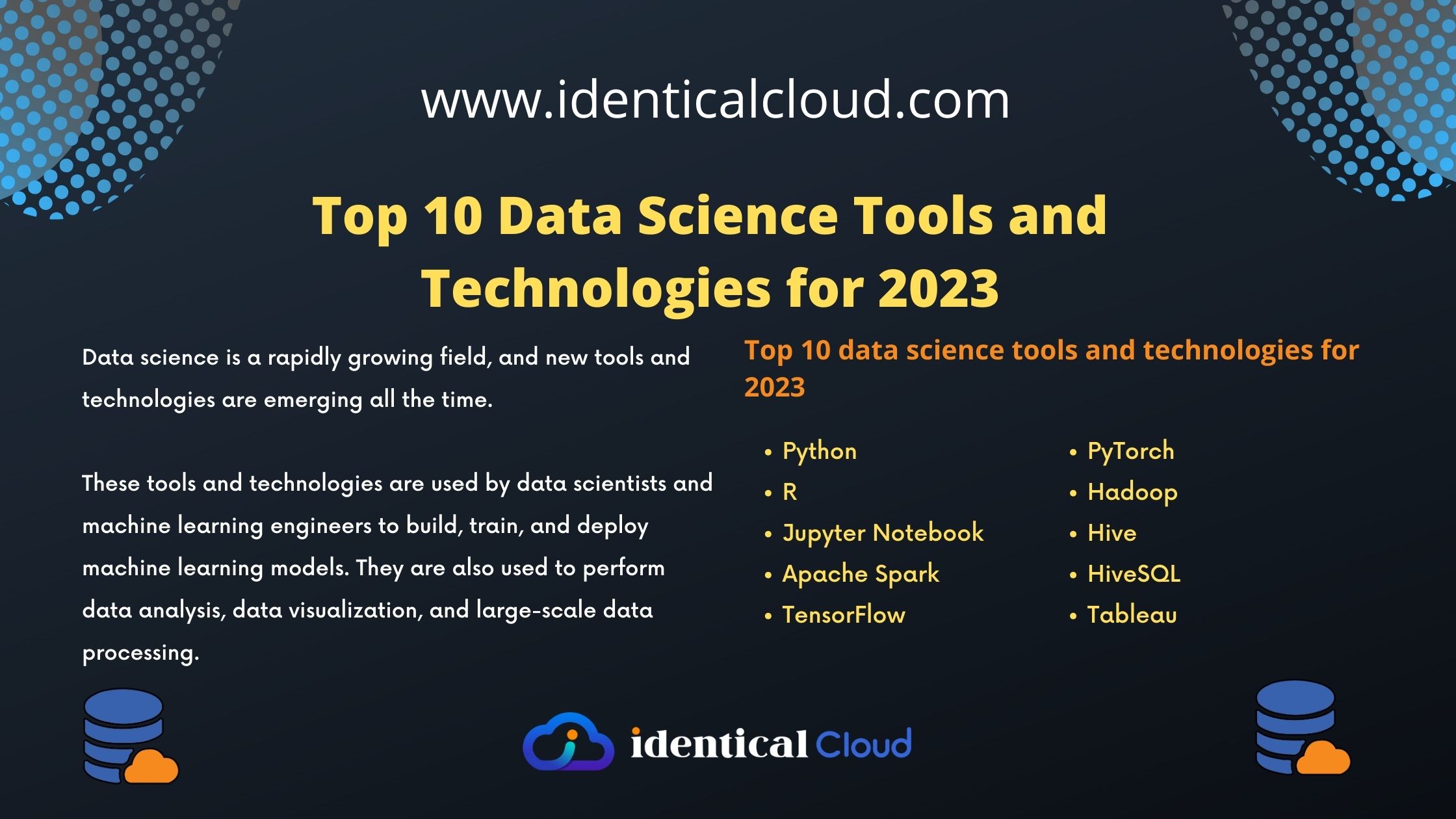
How do Data Engineers Control Big Data?
How do Data Engineers Control Big Data?
As the volume of data generated by businesses and organizations continues to grow, the need to efficiently manage and process this data becomes increasingly important. This is where data engineers come in. Data engineers are responsible for designing, building, and maintaining the infrastructure required to manage and process large amounts of data.
When dealing with big data, data engineers face several challenges related to storage, processing, and analysis.
In this blog post, we will explore some of the ways data engineers control big data.
- Distributed Computing
One of the most important tools in a data engineer’s toolbox is distributed computing. Distributed computing frameworks like Hadoop, Spark, and Flink allow data engineers to distribute data processing tasks across clusters of computers. This allows for parallel processing of data, which improves performance and scalability.
Distributed computing also enables data engineers to process data in real-time or near real-time. Real-time processing is essential for applications such as fraud detection, stock trading, and social media analytics.
- Storage Systems
Data engineers also use various storage systems to store and manage large volumes of data. These storage systems include HDFS, Amazon S3, and Google Cloud Storage. These systems offer high scalability, durability, and availability.
HDFS, for example, is a distributed file system that allows data to be stored across multiple machines. This provides fault tolerance and ensures that data is always available, even if one of the machines fails.
Amazon S3 and Google Cloud Storage are object storage services that allow users to store and retrieve any amount of data from anywhere in the world. These services are highly scalable, and their pay-as-you-go pricing models make them cost-effective for businesses of all sizes.
- Data Partitioning
Data engineers also partition data into smaller chunks to improve processing efficiency. By partitioning data, they can distribute processing tasks across multiple nodes in a cluster, which reduces processing time and improves performance.
For example, if a data engineer wants to process a large dataset using Spark, they can partition the data into smaller chunks and distribute the processing tasks across multiple Spark workers. This allows for parallel processing of data, which improves performance and scalability.
- Data Compression
Data engineers also use compression techniques to reduce the size of data before storing it. Compression reduces storage costs and improves data transfer efficiency.
For example, if a data engineer wants to store a large dataset on Amazon S3, they can compress the data using a compression algorithm like Gzip or Snappy. This reduces the size of the data and reduces the cost of storing it on S3.
- Data Cleansing
Data engineers also clean and preprocess data before storing it. This involves removing duplicates, fixing errors, and transforming data into a standardized format. Clean data is easier to manage and analyze, and it improves the accuracy of results.
For example, if a data engineer wants to analyze customer data, they might clean the data by removing duplicate entries and fixing errors in the data. This ensures that the data is accurate and ready for analysis.
- Monitoring and Maintenance
Finally, data engineers continuously monitor the infrastructure and perform maintenance tasks to ensure optimal performance. This involves monitoring data pipelines, identifying bottlenecks, and resolving issues promptly.
For example, if a data engineer notices that a particular data pipeline is running slower than usual, they might investigate the pipeline to identify the bottleneck. Once the bottleneck is identified, they can take steps to resolve the issue and improve performance.
In conclusion, data engineers use a combination of distributed computing, storage systems, data partitioning, compression, data cleansing, and monitoring to control big data. By optimizing these processes, they can efficiently manage and process large volumes of data, enabling businesses to gain valuable insights and make informed decisions.










